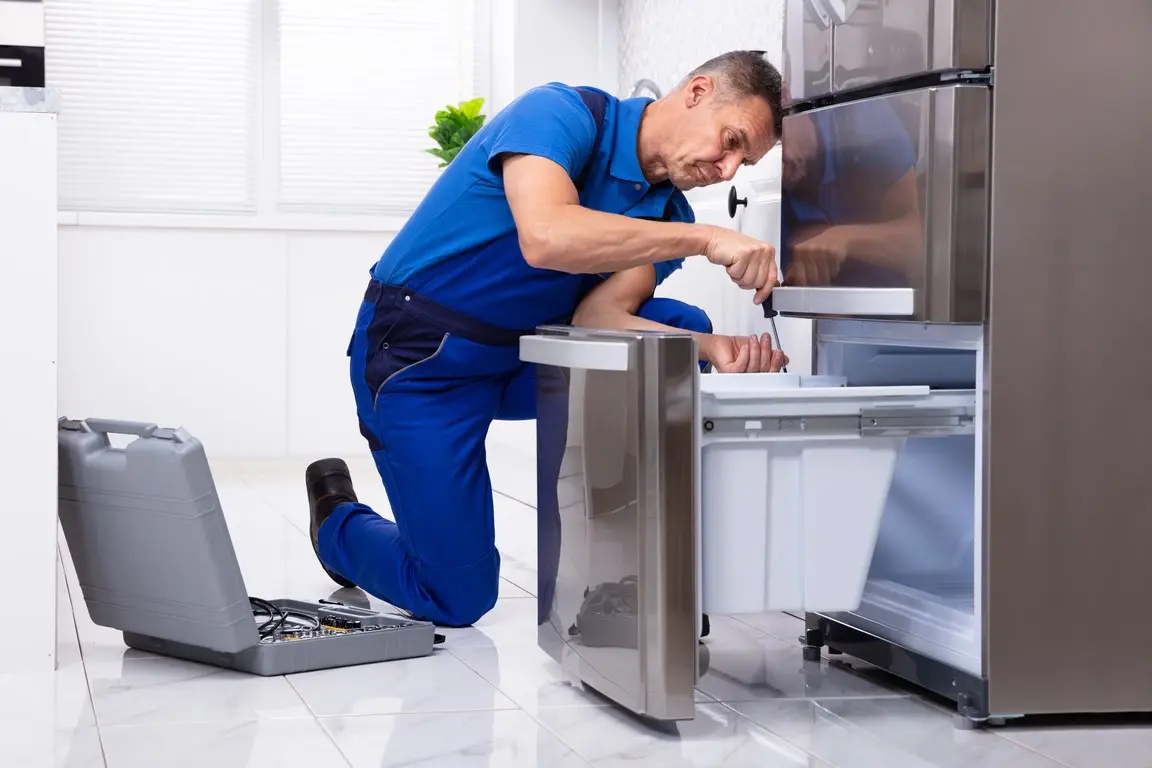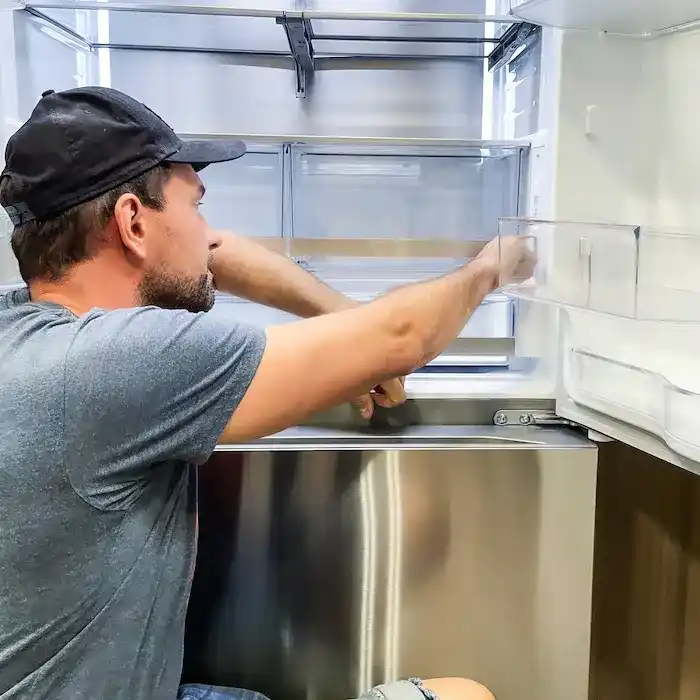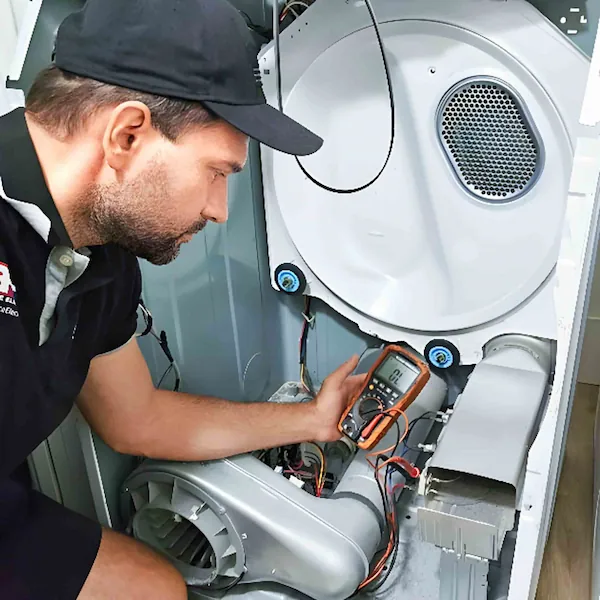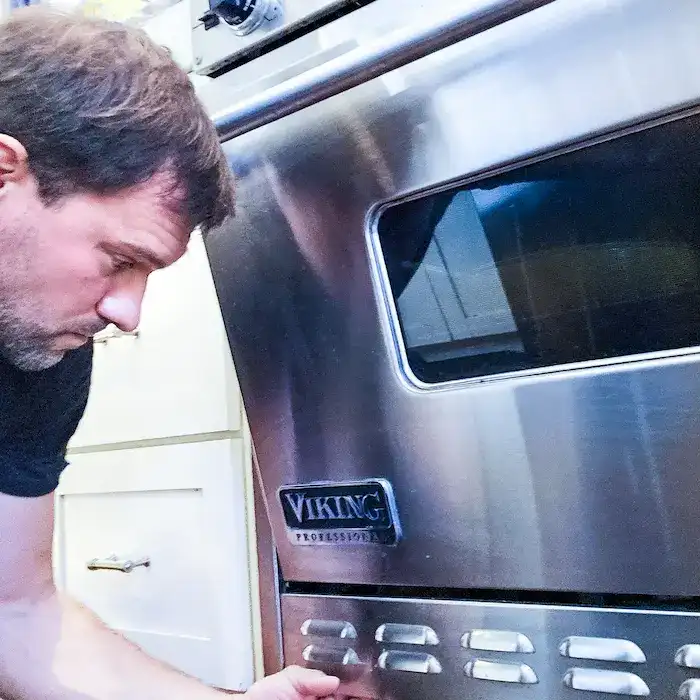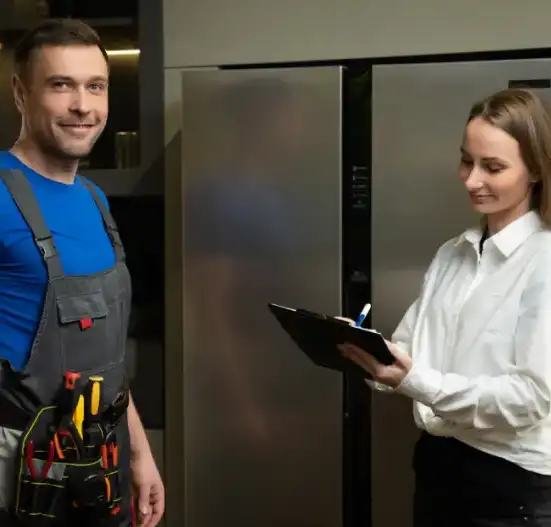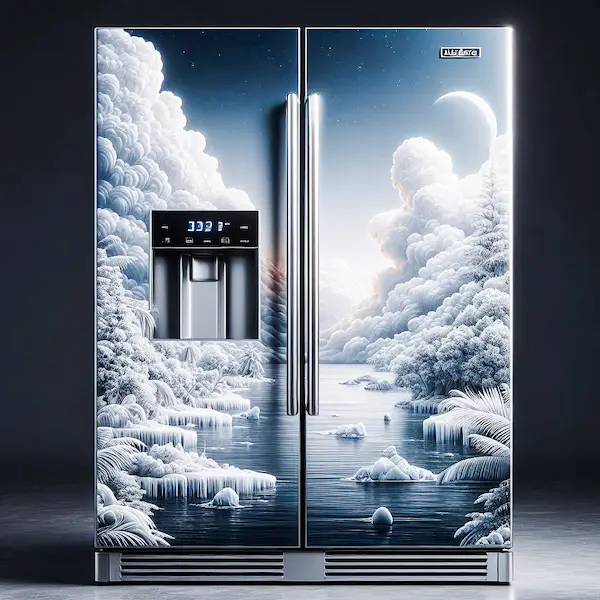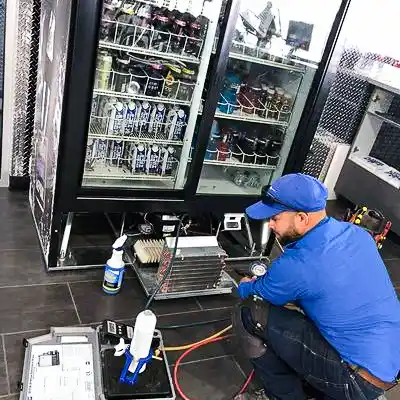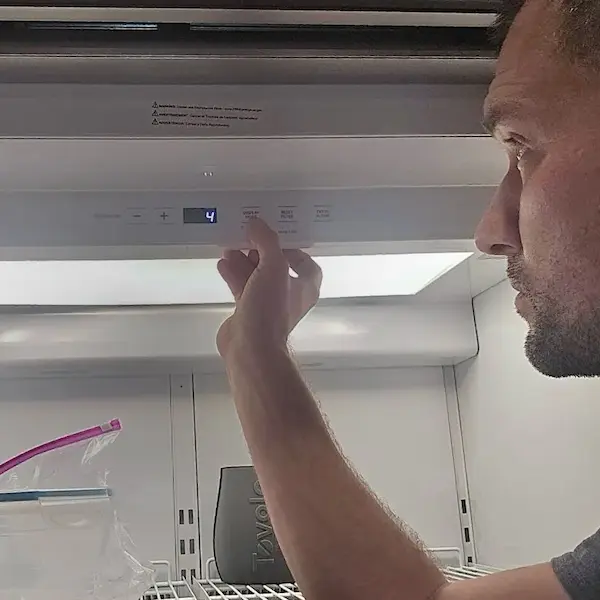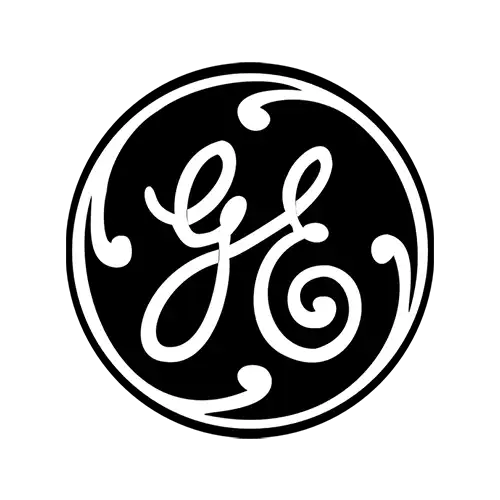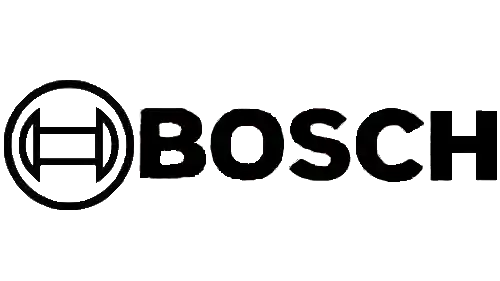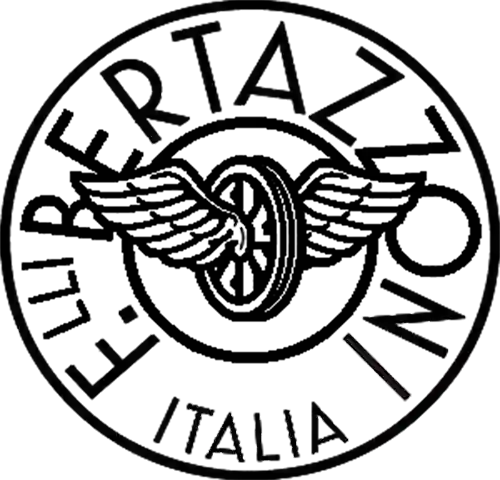Kitchen Refrigerator Repair
Your kitchen refrigerator is the heart of your home, keeping food fresh and always within reach. Whether you have a top freezer, bottom freezer, French door, or side-by-side model, our technicians are equipped to handle any issue, from temperature fluctuations to ice maker problems. With our same-day service, we ensure your refrigerator is back to optimal performance quickly, so you avoid food waste and keep your kitchen running smoothly.
Refrigerator Repair for Large Families
High-capacity and multi-door refrigerators designed for larger households need to be reliable to handle extra storage needs. Our technicians specialize in diagnosing and repairing issues specific to high-capacity units, addressing compressor problems and temperature adjustments so your refrigerator maintains the perfect cooling environment for your family's groceries.
High-End and Built-In Refrigerator Repair
Luxury and built-in refrigerators from brands like Sub-Zero, Thermador, and Viking feature advanced technology and integrate seamlessly with your kitchen design. These models, with their high-end finishes, custom cooling zones, and unique configurations, require specialized care. Our technicians are trained to handle issues such as temperature calibration, sealed system repairs, and panel replacements using only high-quality parts and techniques specifically designed for luxury models. We ensure your refrigerator not only runs efficiently but also maintains its sophisticated style.
Wine and Beverage Cooler Repair
Wine and beverage coolers need precise temperature control to preserve the quality and flavor of your drinks. We provide specialized repair services for these units, addressing thermostat calibration, fan issues, and door seal repairs so that your drinks are stored at the ideal temperature. Our technicians ensure your specialty coolers work as intended, safeguarding your valuable collection.
With repair solutions for every type of refrigerator, including high-end and specialty models, we help keep your appliances running smoothly for optimal food and beverage storage. Call us today to schedule a fast and reliable repair service.
